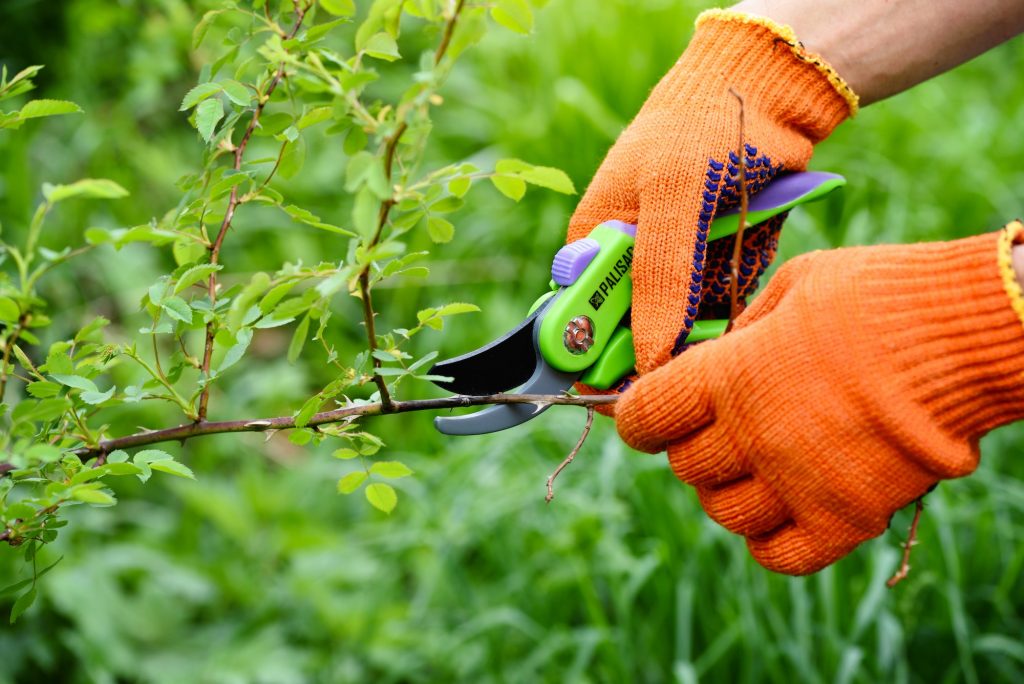Pruning is an essential aspect of gardening and horticulture practised for centuries. It is a technique used to control plants’ growth, shape and overall health. The science of pruning is both an art and a science, and it is essential to understand the underlying principles to achieve the best results. This guide will explore the basics of pruning and provide a step-by-step guide to achieve the best results.

Understanding the Basics of Pruning
Pruning is the process of removing dead, diseased or damaged branches from a plant. It is also used to control the shape and size of a plant, improve its overall health and encourage the growth of new shoots and leaves. The type of pruning required will depend on the type of plant, its growth habits and the desired outcome.
There are two main types of pruning: heading cuts and thinning cuts. Heading cuts are used to control the size and shape of a plant, while thinning amounts are used to improve the plant’s overall health and structure. Understanding the difference between these two types of pruning is essential to achieve the best results.
The Benefits of Pruning
Pruning provides numerous benefits to both the plant and the gardener. Some of the key benefits include:
- Improved health: Pruning helps remove dead, diseased or damaged branches, enhancing the plant’s overall health.
- Encouraged growth: Pruning stimulates the development of new shoots and leaves, which can help improve the plant’s overall appearance.
- Better light penetration: By removing the dead and diseased branches, light can penetrate the plant more effectively, improving its overall health and encouraging the growth of new shoots and leaves.
- Improved fruit production: Pruning can help to enhance the production of fruit and flowers by removing old and unproductive wood and encouraging the growth of new shoots.
How to Prune
Pruning is a relatively simple process, but it is essential to understand the basics to achieve the best results. Here is a step-by-step guide to help you get started:
- Choose the right tools: The type of tools you need depends on the plant you are pruning. A pair of sharp, clean secateurs are suitable for most plants, but you may also need a pruning saw or loppers for larger branches.
- Identify the branches to remove: Look for dead, diseased or damaged branches first. Then, remove any branches crossing or rubbing against each other, as these can cause damage over time.
- Cut: Making it just above a healthy bud or a later crucial. This will encourage the growth of new shoots and leaves.
- Repeat the process: Repeat the process until you have achieved the desired shape and size of the plant.
When to Prune
The best time to prune will depend on the type of plant you are working with. The best time to prune deciduous plants is dormant, typically in late winter or early spring. It is best to prune evergreen plants in late spring or early summer after the new growth.
Conclusion
Pruning is an essential aspect of gardening and horticulture, and it is vital to understand the basics to achieve the best results. Following the steps outlined in this guide, you can prune your plants effectively, improve their health and encourage new growth. Whether you are a seasoned gardener or a beginner, it is important to remember that pruning is both an art and a science, and it takes time and practice to master.
In conclusion, pruning is a valuable tool to improve your plant’s health and appearance. Whether you want to control the size and shape of your plants or encourage new growth and fruit production, pruning is an effective and efficient way to achieve your goals. So why not grab your tools and get started today?
